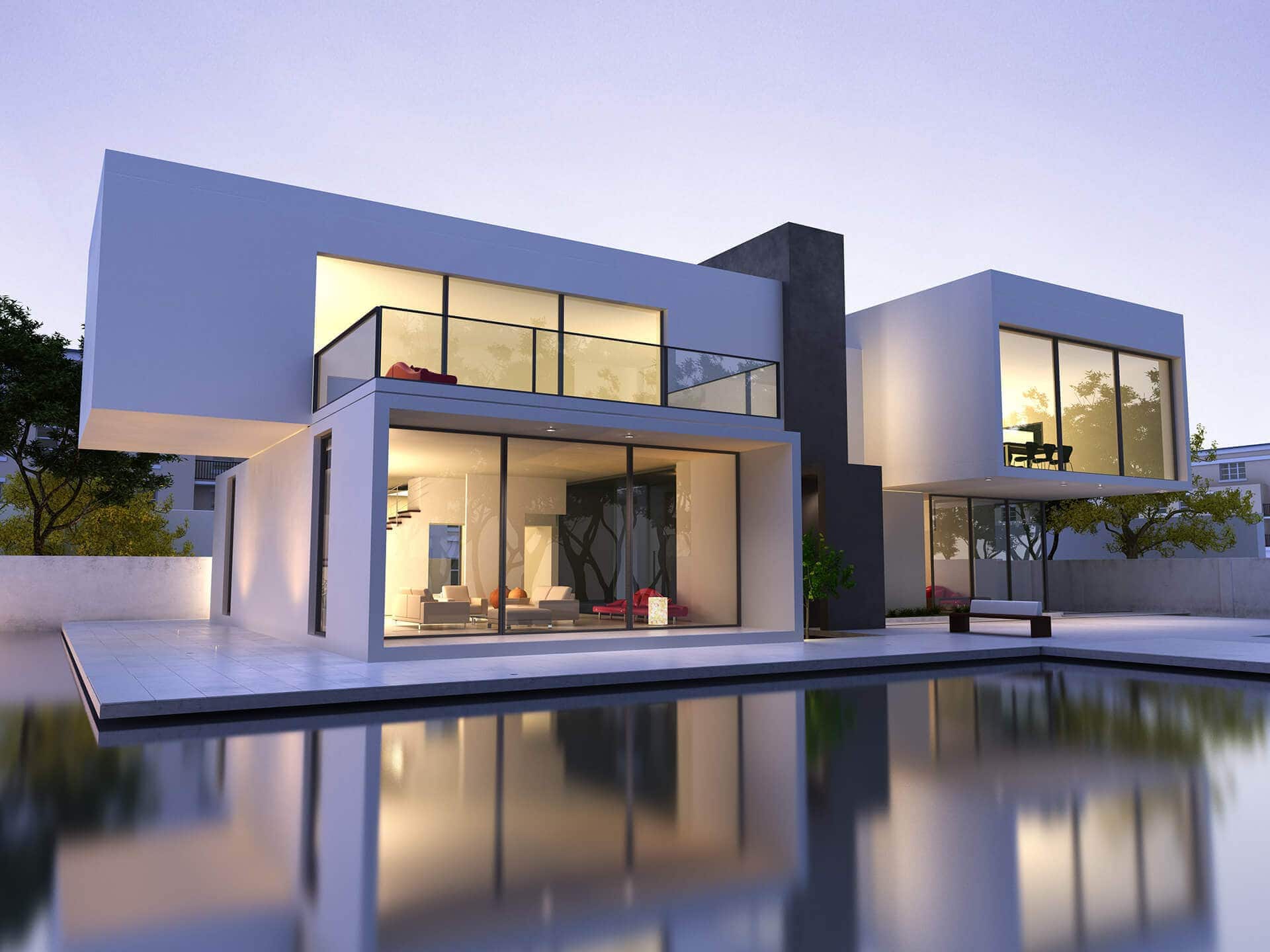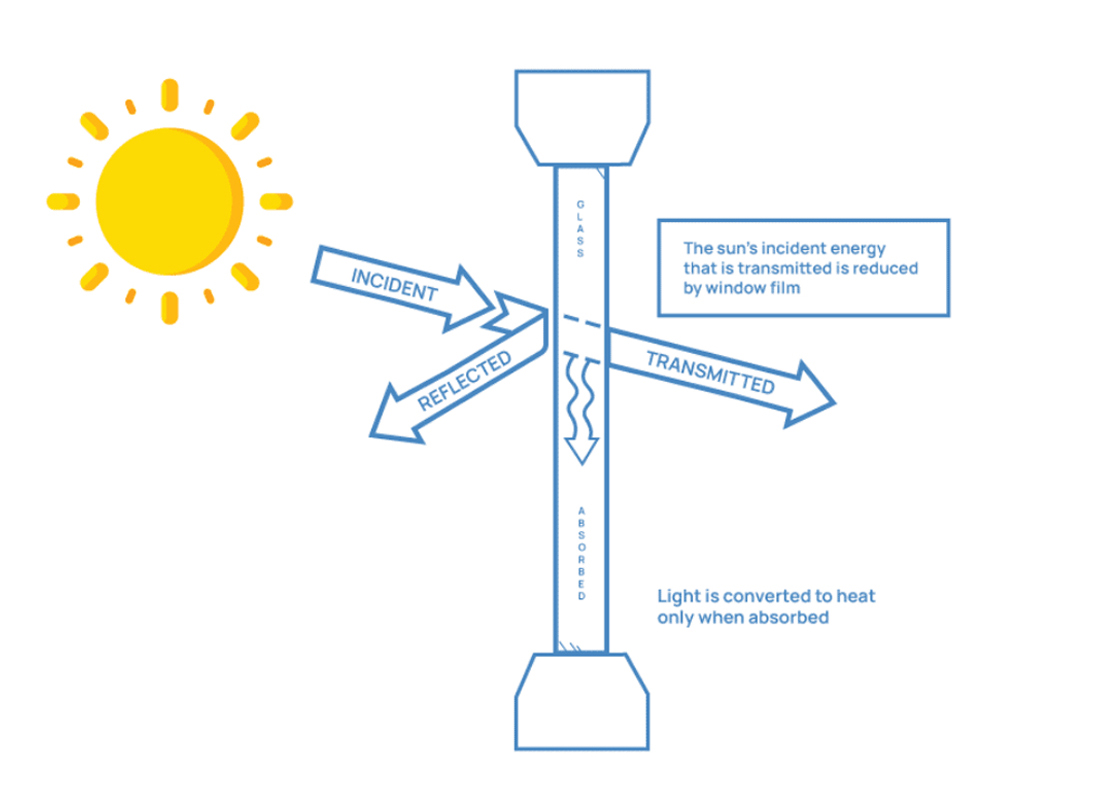Simulate Low-E Glass

What Is a Low-E Window?

Why Are Low-E Windows Important?
Do I Have Low-E Windows?
Newer homes and buildings typically have Low-E windows, especially where required by local code, but there are two ways to know for sure:
- Check the lower right or left corner of the glass for the appropriate indication
- Use a commercially available Low-E coating detector
A common misperception is that all double or triple pane windows are Low-E units. They are not.
What Is Low-E Window Tint Film?
Imagine taking the same Low-E coating found on a Low-E window and applying it to a piece of clear polyester that is then installed on regular window glass. That’s exactly what Low-E window film is.
Low-E window tint, or insulating window film, is a retrofit polyester film with a Low-E coating that is applied to an existing window to make it a Low-E window. It is much easier and more cost-effective to turn an existing window into a Low-E window using special polyester film than it is to replace it. Window replacement is costly and disruptive to occupants, tenants, and residents.
3M Company has been manufacturing Low-E window films since the early 1970s, helping buildings and homes reduce their heating consumption during winter months. Lowering heating consumption helps building owners and homeowners reduce their carbon footprint by relying less on heating fuels such as gas, oil, electric, or steam.

Cooling Season
















